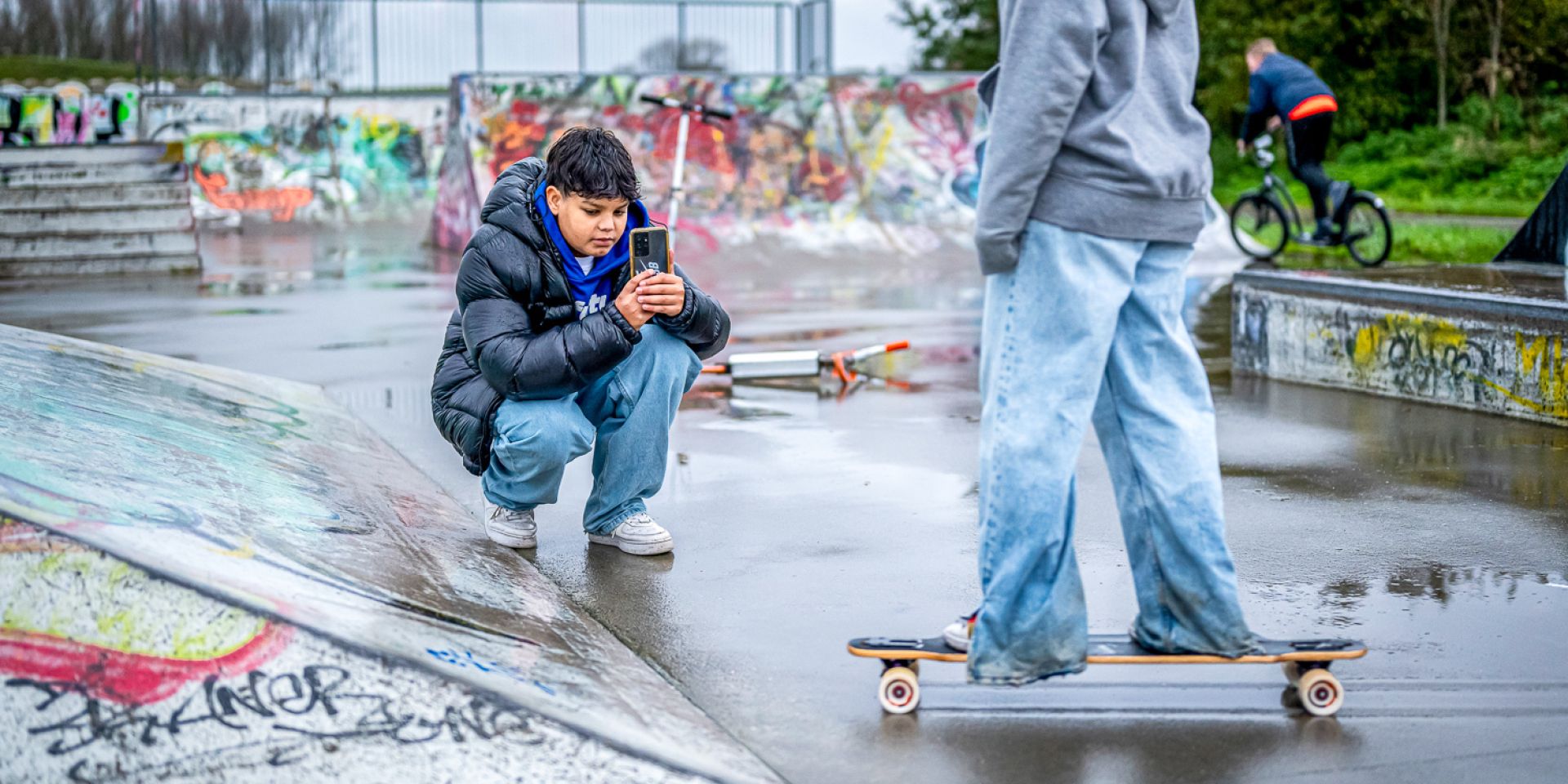
Flashforward
A Small-Scale Study of an EMDR-based Treatment Module Targeting Flashforward Imagery in Adolescent Social Anxiety Disorder
In this study, we map flashforward images of children and adolescents with social anxiety, and we evaluate whether changing these images with a particular treatment module (EMDR Flashforward) helps.
Who can participate?
-
Children and adolescents from 10-18 years old
-
With a primary diagnosis of social anxiety disorder
-
In care at Accare
Background
If you suffer from social anxiety, you are often afraid when you are together with other people or when you do something in front of other people. It seems like you have catastrophic images in your head of what could happen. However, we do not know much yet about these catastrophic images. Therefore, in this study, we want to ask what kind of images children and adolescents with social anxiety experience when they are afraid.
Next, we want to examine whether a particular treatment technique that is often used as part of treatment can help children and adolescents to experience less aversive catastrophic images, and thereby to become less afraid. The treatment module that we study is called ‘EMDR flashforward’. EMDR is already used to treat people who experience aversive memories, but now we use it with aversive catastrophic images and then it is called EMDR flashforward. EMDR flashforward is already often used as part of treatment for people with anxiety, but it has not yet been evaluated separately how well this particular treatment technique helps.
The research study
During anxiety treatment, you will often keep track of anxiety symptoms. Therefore, a large part of the questionnaires that we use in this study is not different from regular care. We do have extra (interview) questions on (catastrophic) imagery in this study. As a first step in this study, together with the child we map social situations that he or she fears. Children are also interviewed on the (catastrophic) imagery that they may experience. Next to this, we ask children and their parents to fill out questionnaires. These questionnaires consider anxiety, amongst other things.
The EMDR Flashforward treatment sessions are part of regular care at Accare. After the first step of this study, we draw a lot to decide when children follow the EMDR Flashforward sessions during their regular treatment and/or other regular care: after 3 weeks, after 4 weeks or after 5 weeks. In this way we can specifically determine the effect of EMDR flashforward sessions on anxiety symptoms. The ‘EMDR flashforward’ treatment targets the catastrophic images (images of potential catastrophe, such as being laughed at or looking odd). The treatment aims to make the catastrophic images that the children may experience in social situations less aversive, and thereby to become less afraid and more ready to enter the social situation. During the sessions, children are asked to bring their catastrophic images in their minds and then to do a task by following a light beam with their eyes at the same time.
From the first week until the tenth week, children fill out short weekly questionnaires on their anxiety and imagery. Before and after the EMDR flashforward sessions, all children again have an assessment with the interview and questionnaires for both children and their parents. Later, two more follow-up assessments are planned for this study.
Participating children receive a small compensation and possible travel costs for an assessment at location are reimbursed.
The researchers
In this research study we work together with University of Groningen, Department of Clinical Psychology and Experimental Psychopathology, is also involved.
